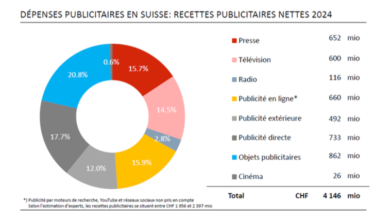Selling Dreams to a Frequent Traveler
 My grandmother’s apartment overflowed with mementos from places she visited throughout her long career as Soviet Union’s cultural impresario. A kind of P-Diddy of 60s Russia, a Jay-Z of classical orchestras and provincial ballets, she was sent to flailing theaters and concert halls to breath limelight back into them. While there were no Grammies to be found on her shelves, they did display treasures beyond belief – furs from Irkutsk, caviar spoons from Baku, semi-precious stones from the Urals and a teacup from Café Flore.
My grandmother’s apartment overflowed with mementos from places she visited throughout her long career as Soviet Union’s cultural impresario. A kind of P-Diddy of 60s Russia, a Jay-Z of classical orchestras and provincial ballets, she was sent to flailing theaters and concert halls to breath limelight back into them. While there were no Grammies to be found on her shelves, they did display treasures beyond belief – furs from Irkutsk, caviar spoons from Baku, semi-precious stones from the Urals and a teacup from Café Flore.
Each souvenir was wrapped in a crazy tale of creative people traveling through chaos against the fantastic backdrop of far away lands. My favourite was a glass coffee jar from Alma-Ata which she won playing cards against Eduard Tisse, Eisenstein’s camera man. I always wondered if it was a kitchen version of strip poker.
I started my travels at the age of 12, and, not surprisingly, brought something back from every trip: rose petal preserves from Azerbaijan, fur mittens from Archangelsk, a weird Estonian liqueur that made one see things –and, during college days, a t-shirt from Daytona Beach, a truck-load of Harvard memorabilia and a plaque confirming my status as a Kentucky Colonel. Arriving in Riga with a fully loaded suitcase, I would hope to depart with an empty one, but no such luck – my parents proceeded to charge it with items not be found in the US – Russian Standard, loaves of rye bread and bags of amber trinkets for my friends.
To bring something home from a far away place – an object that is at once a story, a souvenir and a proof of passage. How romantic and how utterly obsolete in the age of the Web and globalization.
We no longer bring souvenirs back with us, because they can be just as easily acquired on Amazon, EBay or local department store. At best, we pick up gifts for friends in a Duty Free, the real purpose being to get rid of the remaining dollars, or Wons or whatever currency is weighing down our pockets. But then, do we forget our trips so much quicker because there is nothing on our shelves to remind us of them?
I was reflecting on this while waiting to board a plane to New York, when a friend’s teen-age daughter texted an urgent request: could I bring her a fleece from Abercombie and Fitch, size M, picture included.
It made me happy to see that some things were still defined geographically. It gave a sense of importance to my voyage, an objective far beyond the usual business meetings.
And so I march on to A&F on a brisk Saturday morning, confident that at 10am I should be the only traveler there on an important overseas mission. But I am not.
There is a red rope in front of the store, with a towering bouncer behind it. He glares at me as I follow a group of giggling Japanese girls, and am followed by a busload of Italians. I enter a cavernous space that is meant to look like a night-club – no daylight, blasting music with lightly clad shopping girls moving to the beat. The three floors are bursting at the seams, and the waves of the crowd carry me on. Not a single American here. Everyone is exactly like me, acquiring the “made in the USA” label to bring it back as spoils of war to their distant homes.
I fight my way towards one of the dancing sales girls and show her the picture of the fleece I am hunting. She looks surprised I dare interrupt her groove, but then, performing a particular dancing pirouette, points me in the right direction. I snatch the last blue sweatshirt in the right size, narrowly beating to it a German teenager with a menacing looking mom.
As I walk out of the store, the glaring sunlight makes me feel like I am leaving a LasVegas parlor. What an experience. Try to sell that on the Internet. Has A&F figured out a formula: a store you have to travel overseas to get to? Have they resurrected the idea of an exotic voyage, of a tired traveler rushing to a bazaar to acquire objects that would be priceless back home? Not quite, but it is reassuring to know that back in Geneva I will have made someone’s day.





